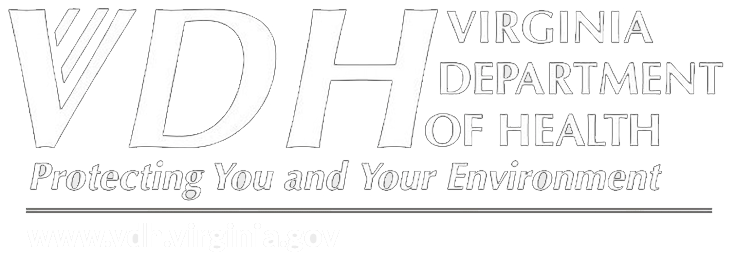It’s important for victims of sexual violence to have a place where they can get the support they need to process their experience and gradually heal.
But just as important is the need for prevention strategies, to stop sexual violence before it can occur.
SARA, short for the Sexual Assault Resource Agency, aims to create cultures that prevent sexual violence through education and a change in social norms. SARA serves individuals and communities in the City of Charlottesville and the counties of Albemarle, Fluvanna, Greene, Louisa, and Nelson. Its staff work with child and adult survivors of all genders, as well as non-offending friends and family of survivors of any kind of sexual violence.
The program also provides programs to prevent anyone in the community from becoming a perpetrator of sexual violence. SARA works primarily with schools, faith communities, parents, and organizations (local businesses, restaurants, community groups, etc.).
Preventing sexual violence from happening in the first place is a foundational strategy in its approach to eliminating sexual violence.
“Traditionally, the focus has always been on victims. And while that’s of course valuable, it does not help prevent a future harm from happening. It’s a good place to start, but if we had never moved past victimization, then what are we really accomplishing?” asks Laurie Jean Seaman, Director of Prevention programming for SARA.
The organization’s focus when it was founded in the 1970s was on supporting survivors of sexual violence. It was more than 20 years later that its mission shifted more toward prevention strategies, says Seaman.
Today, Seaman and her team of three focus on examining ways to shift social norms that make sexual violence untenable and unacceptable. “How do we shift the environment, policy practices, any sort of community level, factors that can either make it more likely that someone will try to commit sexual assault or make it less likely that someone will try to commit sexual assault within that community. So, specifically, we’re talking about identifying the protective factors, the things that make it less likely that someone would commit sexual assault in a specific context,” explains Seaman.
Protective factors are many and varied. Seaman names a few: building a sense of inclusive belonging, having norms and practices in place around emotional and mental health, and bringing in a sense of community responsibility for prevention. An example of a community responsibility would be bystander intervention.
How does SARA translate its ideas into beneficial actions for a community?
“We may select a target audience or community and we go in and we get to know people in that community or that industry or that institution. And we just do a lot of listening sessions. We kind of get to know like, how are they doing? Like what’s important to them. What are their experiences, not only of incidents of sexual violence, but of prevention efforts or social norms in that environment We get a broad scope impression of that audience or community,” says Seaman.
It’s in that process of listening that the folks at SARA have the opportunity offer resources and information whenever relevant or appropriate. By working together with the people in that community, healthy prevention strategies can be arrived at together. Working together increases the likelihood that the users, or key stakeholders, will be committed to the prevention strategies.
“How, for example, can we help create a workplace culture in the first place where people might start their careers, and many of them stay for many, many years, maybe their whole career, because it is a safe, healthy environment in which to work,” says Seaman.
For more information about SARA, visit their website at https://www.saracville.org/ . Go to the Prevention tab to learn about how you, your workplace or your community can take action to prevent sexual violence.
